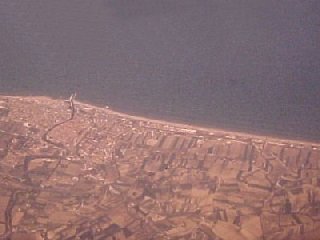
The Adriatic is a pretty sheltered sea. It's not that waves are so strong here, but the deposition by the stream is slow.
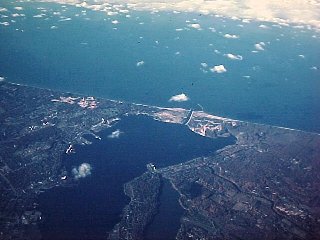
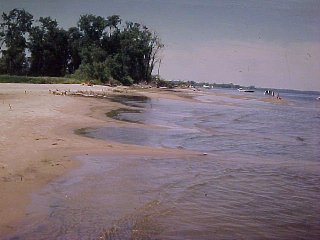
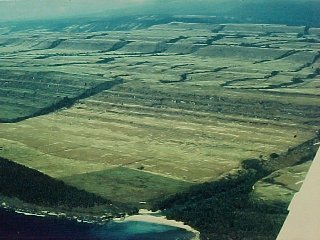
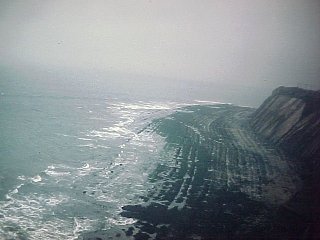
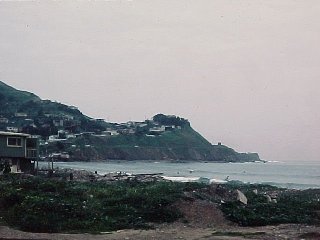
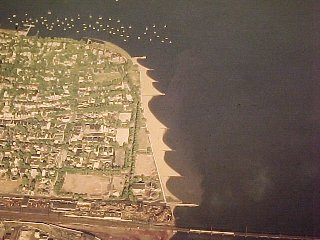
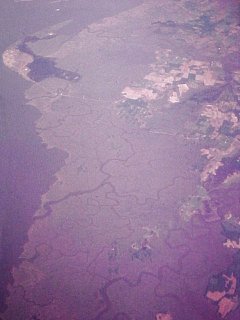
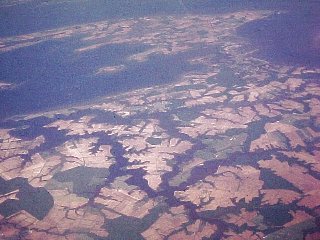
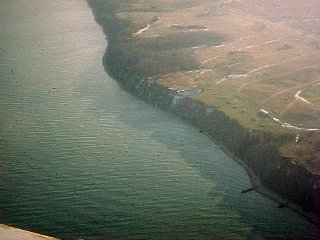
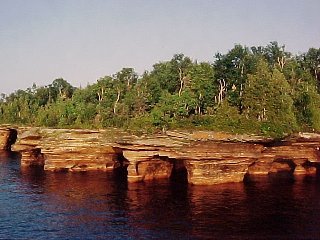
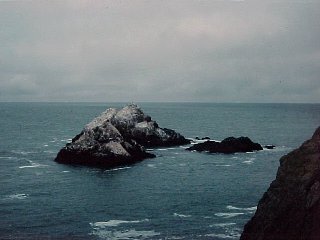
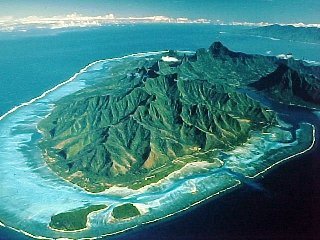
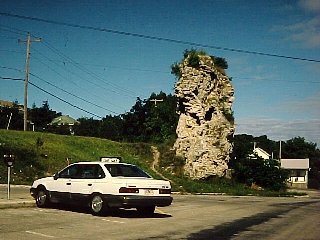
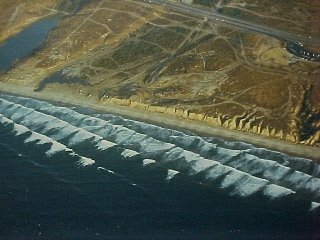
Steven Dutch, Natural and Applied Sciences, University of Wisconsin - Green Bay
First-time Visitors: Please visit Site
Map and Disclaimer. Use "Back" to return here.
 |
The Adriatic shoreline near Ancona, Italy. Several
offshore sandbars parallel to the coast can be seen. Note
the small promontory where the river enters the sea. This
is actually a delta, typical of deltas that form in
places where wave action is much stronger than deposition.
Waves and currents redistribute sediment along the coast
as fast as the stream can deliver it. The Adriatic is a pretty sheltered sea. It's not that waves are so strong here, but the deposition by the stream is slow. |
 |
A baymouth bar on the Michigan shore of Lake Michigan. The cut through the bar is artificial. |
 |
Beaches tend to develop gentle curves punctuated by sharp cusps. Long Tail Point in Green Bay. |
 |
Beach terraces exposed by uplift near Santa Barbara, California. |
 |
A wave-cut platform in tilted sedimentary rocks near Santa Barbara, California. |
 |
Uplifted beach terraces south of San Francisco, California. |
 |
Breakwaters catch sand but also prevent it from replenishing the beach further downdrift. Erosion downdrift accelerates, requiring the next property owner to build a breakwater until the entire shoreline is dotted with them, as on this beach in New Jersey. |
 |
Tidal marshes like this along the shore of Chesapeake Bay look fragile but comparison of very old and modern charts sometimes shows that channels have not changed in centuries. |
 |
Chesapeake Bay is an estuary and these flooded valleys in Maryland extend far inland. |
 |
Erosion along the shore of Lake Michigan. Note also how incoming waves are bent, or refracted. Lakefront property subject to erosion tends to retain most of its value due to its desirable location until about half the lot is gone. Once it becomes evident that the property has a short life expectancy, its value plummets. |
 |
Sea caves form by a combination of wave erosion and chemical weathering. These are in the Apostle Islands. At right center is the northernmost point in Wisconsin. |
 |
Seal Rocks, off San Francisco, are typical sea stacks. The white coating is bird droppings (guano). |
 |
A typical fringing reef around a tropical island in the Pacific. |
 |
This stack at St. Ignace, Michigan, formed during a higher stand of Lake Michigan and is now above lake level. |
 |
Waves change direction, or refract, as they enter shallow water, because the waves slow down. |
Return to Course Notes
Index
Access Course Notes on Coastal
Erosion
Return to Professor Dutch's Home Page
Created 13 August 1998, Last Update 11 January 2001
Not an official UW Green Bay site